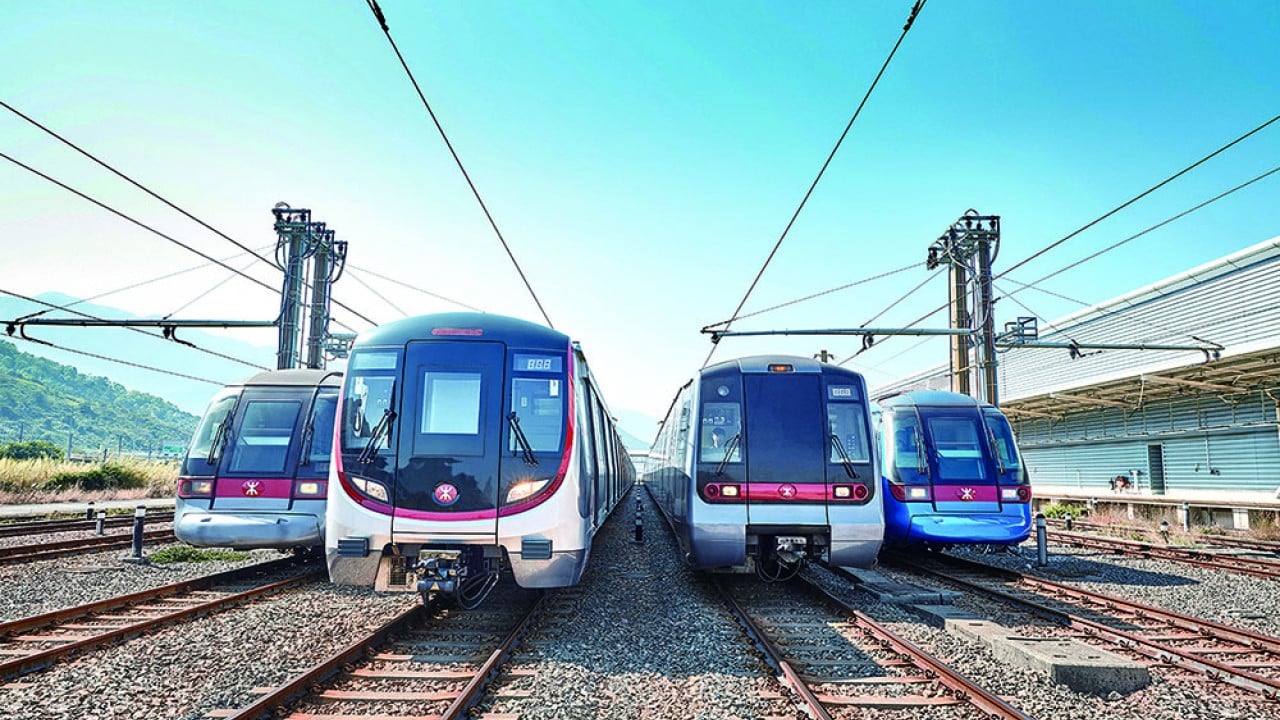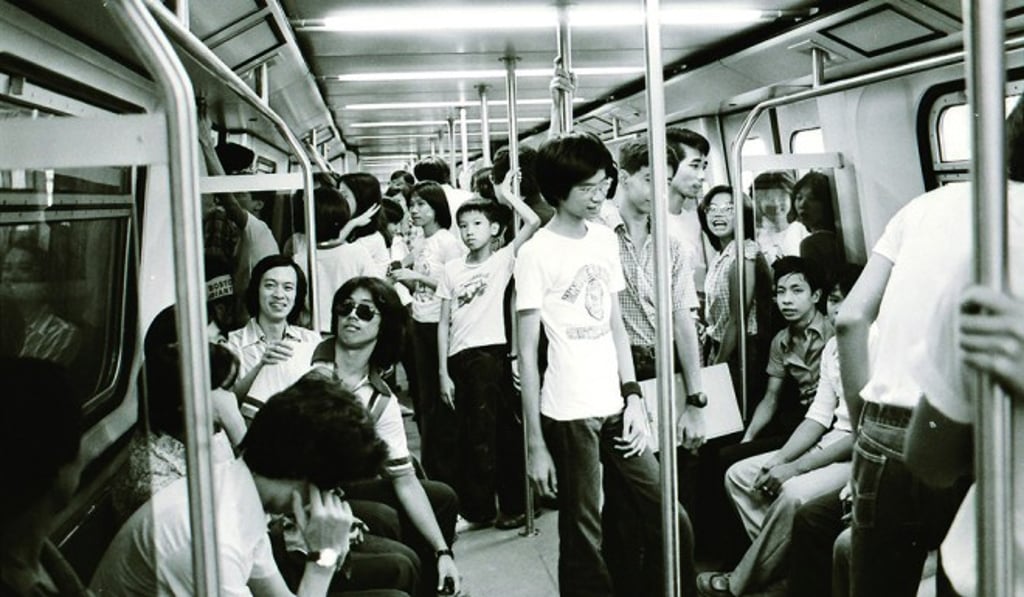
MTR has been rooted in Hong Kong for 45 years, continuously and tirelessly providing safe, reliable and convenient railway services to all. Starting with just one line consisting of nine stations between Kwun Tong and Shek Kip Mei, it has evolved into an extensive network covering all 18 districts of Hong Kong, with a total of 99 stations and 68 Light Rail stops spanning 271 kilometres. MTR’s high-quality railway services have earned the trust of the public and the domestic and international railway industries, becoming the “Pride of Hong Kong”.
Advertisement
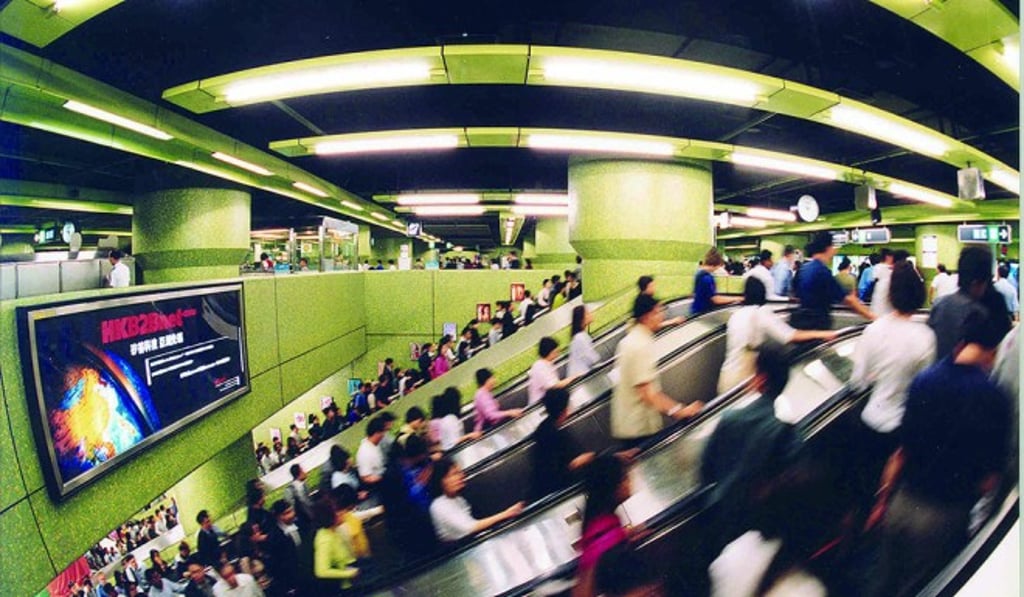
Railway Operations Drive City DevelopmentRailway services bring communities closer together. In its early stages, MTR adopted a “railway lines follow people” development model, constructing railway lines connecting densely populated areas. This was the approach behind the development of the Kwun Tong Line, Tsuen Wan Line, and Island Line, successfully alleviating Hong Kong’s traffic congestion and supporting Hong Kong’s economic take-off. By the 1990s, in line with the needs of urban development, the concept shifted to “people follow railway lines,” building railway lines for new communities and developing residential, commercial and office buildings along these lines. In the 1980s, Telford Gardens atop the Kowloon Bay Depot began to welcome residents, exemplifying the “Rail plus Property” development model, which later evolved into the enhanced “Rail plus Community” integrated development model.
Contributing to Hong Kong’s DevelopmentIn recent years, the government has actively promoted new development areas with the “infrastructure-led” and “capacity-creating” approaches. MTR has leveraged its extensive experience to participate in related research and planning. Some new railway projects have already commenced, such as MTR’s 100th station, Kwu Tung Station, which will connect the East Rail Line and the future Northern Link. The Tuen Ma Line will also be extended southward from Tuen Mun Station with the addition of two new stations. Moreover, the Tung Chung Line will extend westward to support the development of North Lantau, with the addition of Tung Chung West Station. Additionally, Tung Chung East Station and Oyster Bay Station will be constructed between Tung Chung Station and Sunny Bay Station. The new railway projects will simultaneously drive the development of several new communities, including Hung Shui Kiu near the Northern Metropolis and Tung Chung East, Tung Chung West, and Oyster Bay in North Lantau. The “Rail plus Community” integrated development model will inject vitality into these new communities, fostering their dynamic growth.
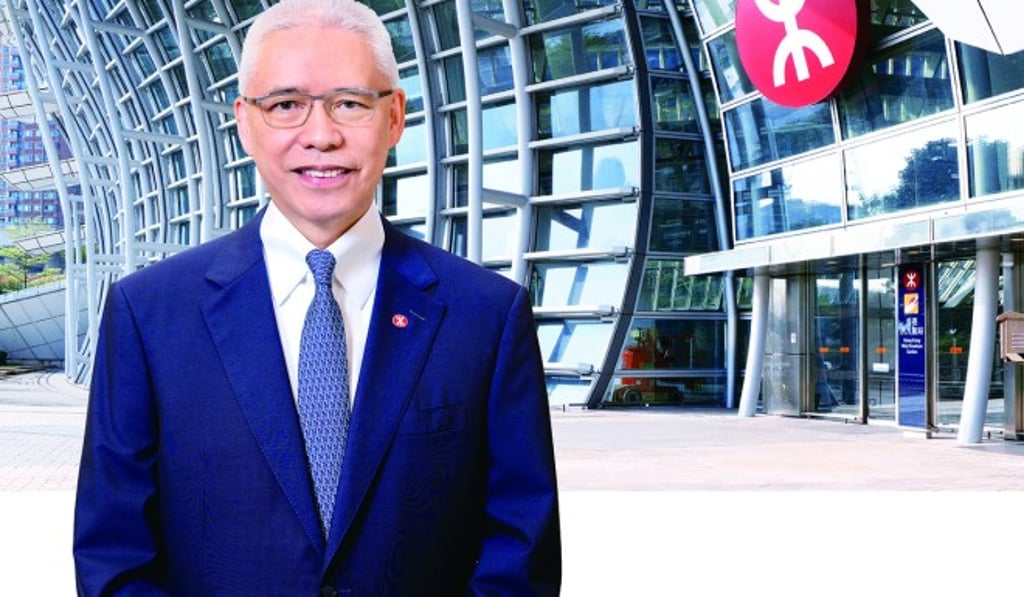
Rex Auyeung, Chairman of MTR Corporation: “The railway has not only provided citizens with a safe and convenient means of transportation, but also supported the city’s development over the past 45 years. Wherever the railway reaches, it creates communities where Hong Kong people can live and work in peace.”
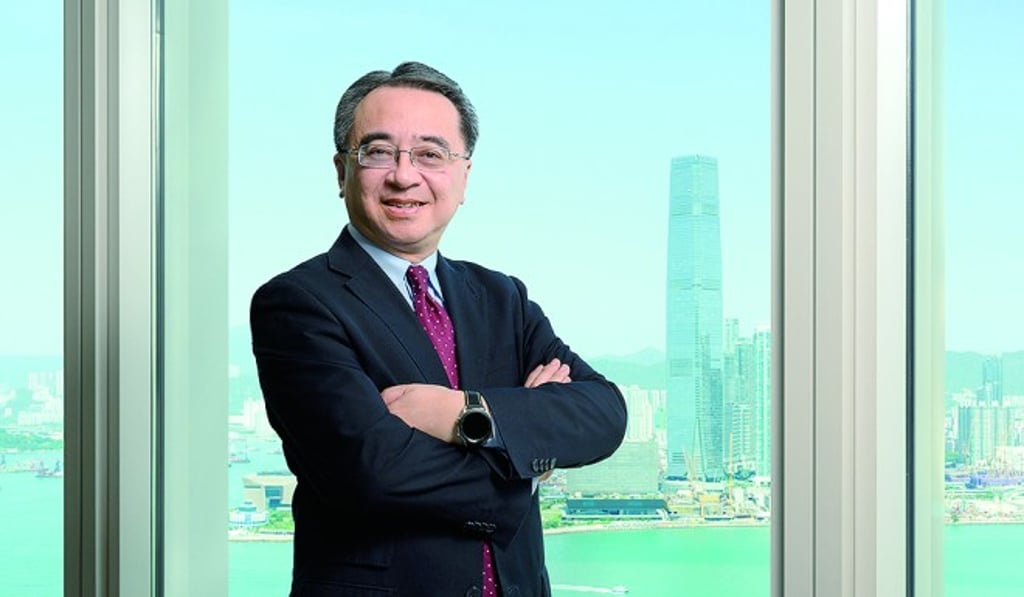
Jacob Kam, CEO of MTR Corporation: “MTR will continue to fulfil its mission by providing safe, reliable, and efficient railway services. Through the on-going development of the railway network, we will continue to keep cities moving and contribute to Hong Kong’s future prosperity.”

Development Atop Kowloon Bay Depot as the First ExampleIn the early 1980s, Kowloon Bay was home to the Kai Tak Airport’s apron and cargo area, an unloading area, and an industrial zone. MTR’s planning of the development atop the Kowloon Bay Depot at that time centred around Telford Gardens, with commercial buildings and various government and community facilities constructed in its proximity. As the first residential property planned with the railway at its core, the community is seamlessly connected to the station. Apart from providing housing to residents and transportation for the surrounding community, there is also a shopping mall with daily necessities such as clothing and food.
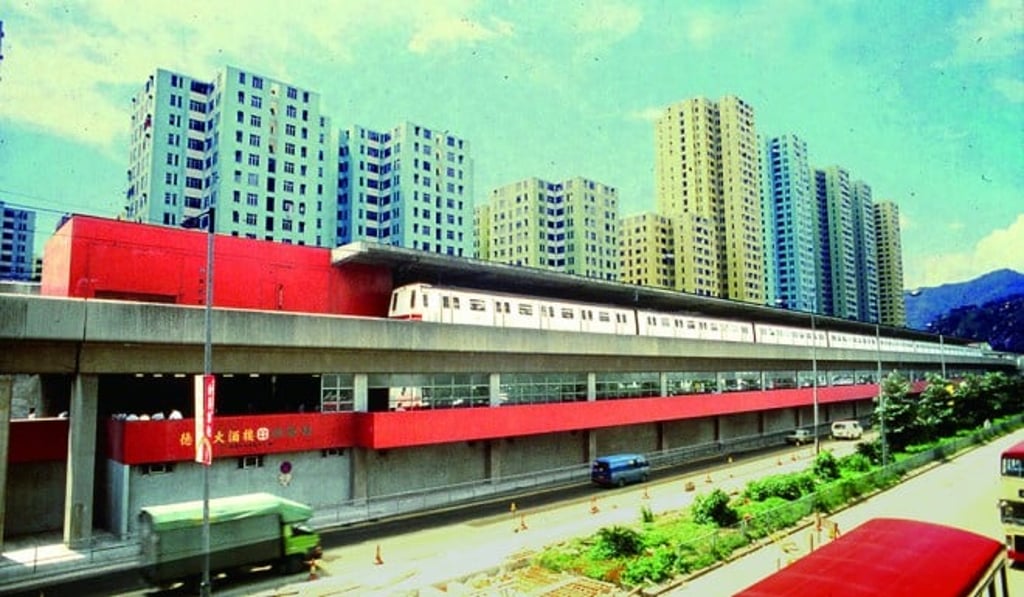
Putting the “Rail Plus Community” Concept into Practice: LOHAS ParkThe government began developing a new town in Tseung Kwan O in the 1980s. MTR supported the government’s plans by constructing the Tseung Kwan O Line to serve the residents in the area, as well as planning and building LOHAS Park at Tseung Kwan O Area 86. This vibrant community centres around LOHAS Park Station, one of the terminuses of the Tseung Kwan O Line, and has evolved into a community with nearly 50,000 residents today that includes residential properties, parks and an integrated shopping mall, “The LOHAS”, meeting residents’ daily needs.
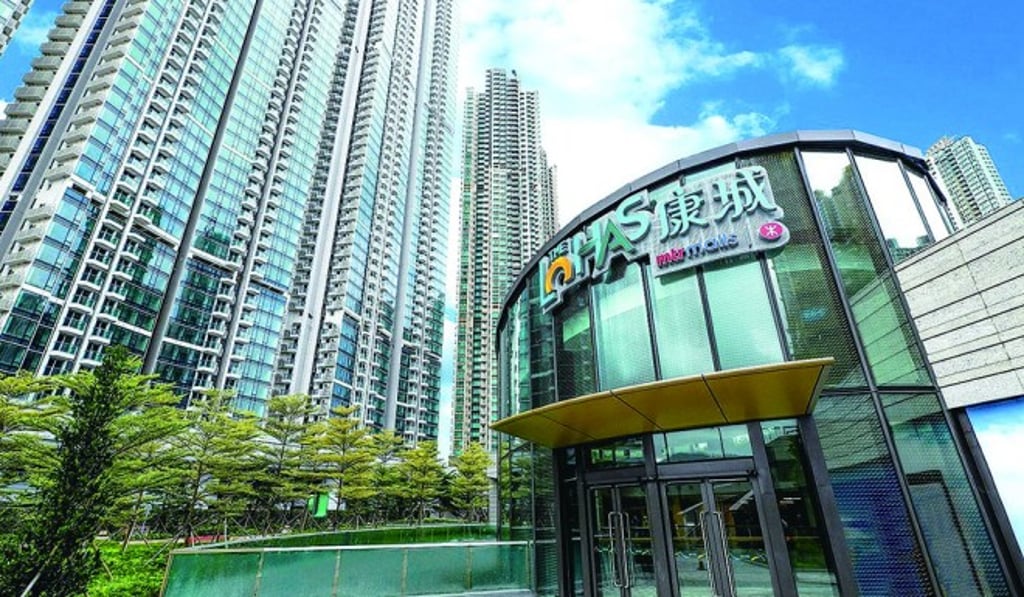
“Using Land to Support Rail” – Leveraging Land for RailwaysGiven the substantial resources required for the maintenance and repair of railways during their asset cycle spanning decades, railway operators worldwide face significant challenges in achieving a financial balance, let alone covering construction costs. Hong Kong’s “Rail plus Property” model provides a sustainable financial arrangement for the entire railway system, from construction to maintenance and renewal. Under this financial model, MTR Corporation uses the profits generated from the property development on land designated by the government along the railway to fund railway projects without relying on direct public funding. The profits from these developments are also allocated to the maintenance and renewal of railway assets over the decades.

In contrast to many other rail systems that depend heavily on government finances and subsidies, the financial arrangements of Hong Kong’s railways have demonstrated sustainability over the years. As a listed company, MTR distributes dividends to its shareholders, including the Hong Kong SAR Government. In 2023, the Corporation distributed a total dividend of HK$8.1 billion, of which around 75% went to the Hong Kong SAR Government, benefiting public finances and in turn the well-being of the community.
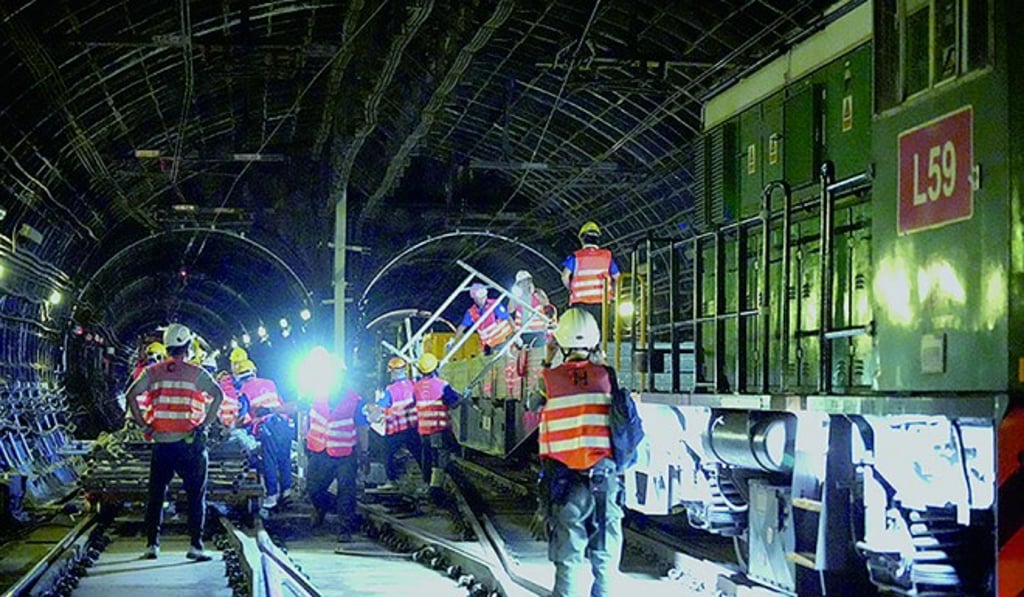
For the past 45 years, MTR has been dedicated to effectively utilising and allocating precious resources for daily operations and the construction of new railways. More importantly, regular maintenance and asset renewal are conducted to ensure that the railway assets and facilities remain in prime condition as they age, while continuously enhancing service quality and creating sustainable social value. The development of Hong Kong’s railways reflects the government’s long-term planning vision and has successfully nurtured a local brand recognised both in mainland China and overseas.
Advertisement

